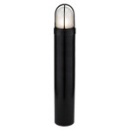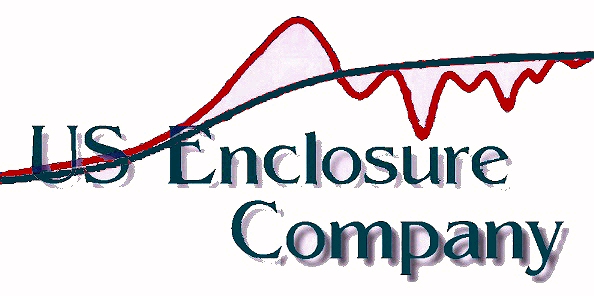|
Column Loudspeakers are designed around improving voice coherence and
intelligibility. Consequently, Column Cabinets are among the strongest candidates for using diffraction
reducing cabinets.
Yet, no company produces cabinets with shapes which will
reduce diffraction in the frequencies column loudspeakers are focused on... voice coherence and
intelligibility. US Enclosure can produce them with mass
manufacturing and with the same wall material characteristics as wood
cabinets, at close to the same cost- in the USA.
The August 2017 Live sound Magazine
article titled "Expanding Horizons" has 22 featurettes of
Column PA Sound Systems
from 21 major column loudspeaker manufacturers. From this article the following picture emerges of "typical"
Column PA unit. [Not all systems use all driver types
listed.]
| Cabinet Width of 5 to 6 inches |
Driver Type
|
Driver Quantity
|
Driver Diameter |
|
|
|
High
|
11
|
1 inch
|
Midrange
|
13
|
4 inch
|
Full Range
|
13
|
3 inch
|
Low
|
7
|
6 inch
usually in a larger bottom cabinet
|
US Enclosure suggests the following design changes to improve diffraction levels:
The
Front View has the cabinet look like a tube but with
little diffraction compared to all available major column loudspeakers.
|

|
|
|
The Top View
for the cabinet shape geometry is based upon a shape named “Moss's Egg”. Many other curved shapes could be
used.. The dark line which is the front side of the top-view image
would be about 4 to 6 inches wide and the shape could be widened toward the
bottom of the cabinet for low frequency drivers while maintaining complex curved
shape. |

|
|
|
|
With a 5” wide front wall, using the Moss's Egg geometry and a
tube shaped front-view, acoustical physics states that diffraction effects would be lowered or eliminated
down to 338 Hz.. Benefit is even cleaner and more open sound without diffraction created or influenced soundwaves.
Compare this performance to a fairly typical 0.25 radius
corner with flat wall panels at diffraction reduction at about 5700 Hz.
|

|
|
With a 5” wide front wall, using the Moss's Egg geometry and a
tube shaped front-view, acoustical physics states that diffraction effects would be lowered or eliminated
down to 338 Hz.. Benefit is even cleaner and more open sound without diffraction created or influenced soundwaves.
Compare this performance to a fairly typical 0.25 radius
corner with flat wall panels at diffraction reduction at about 5700 Hz.
|
|
|

